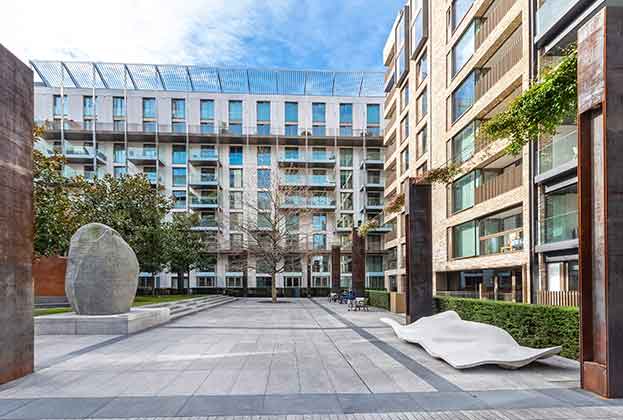Rental recovery is expected to continue over the next five years
Activity from prime tenants remains surprisingly robust across both London and its commuter belt. Despite the uncertainty of Brexit throughout 2019, the corporate relocation market continued to see strong demand for placements across a range of industries. The initial expectation that many in the finance and insurance sector would be relocated elsewhere in Europe as a result of Brexit does not appear to have materialised. The proportion of Savills tenants working in this sector in London has risen since 2016 to account for 40% of the market in 2019.
But Brexit has not yet been fully resolved, with a trade agreement still to negotiate. So, the implications for tenant demand across the prime markets may yet to be realised.
Another factor may be the impact the proposed additional 3% stamp duty surcharge has on demand from those who only spend part of the year in the UK. Non-resident would-be buyers may opt to rent instead if the cost of buying with that additional tax outweighs the cost of renting.
RENTAL RECOVERY
Tenant demand looks to remain steady going forward, although this will be determined by how the UK economy reacts to leaving the EU and the impact this may have on job creation, income growth and, therefore, corporate budgets.
However, further regulation in the buy-to-let sector may mean we see an increase in landlords choosing to exit the market and sell their property. This may include accidental landlords who see a stronger market in which to sell.
In London, new build supply, including purpose built rental stock, may increase in the short term and limit rental recovery over the next two years. But with the number of new schemes starting construction having dramatically slowed, this is unlikely to be a limiting factor over the longer term.
Therefore, we expect prime rents to continue to strengthen across the London market, particularly after 2021 as that new build stock moves through the market and growth returns to trend level thereafter.
The commuter belt market is also expected to recover, although at a slower rate. Here, it’s unlikely to be new build supply that limits rental growth, but affordability and how far some tenants can stretch their income, particularly for young professionals and families.
Capital growth is likely to be stronger than rental growth over the next five years, which will underpin the returns for committed landlords.
For this group, the key to achieving a rental premium and preventing long voids will be providing stock of the highest condition, even if that means investing in refurbishment, and timing the launch correctly – particularly for the family house market in early spring.
Read the articles within Prime Residential Rents below.
.jpg)

.jpg)